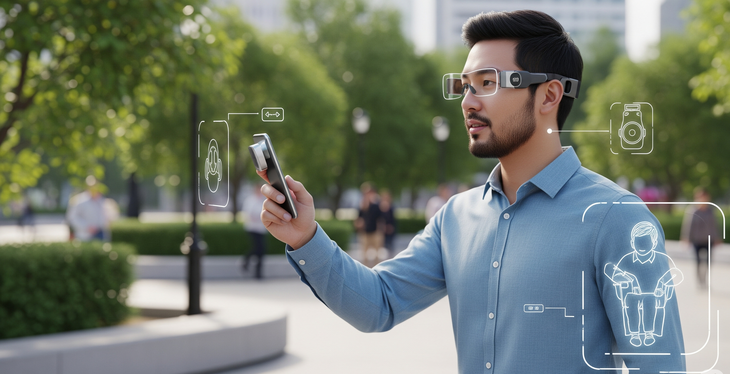
AI will become the "eyes" for the visually impaired.
This technology is reshaping the way blind people interact with the world , promoting their independence and improving their quality of life.
How does AI recognize objects and scenes?
According to Tuoi Tre Online 's research, object and scene recognition technology is built on the foundation of convolutional neural networks (CNN). When receiving new images, CNN analyzes each pixel, extracting features from basic details such as edges and corners, to more complex structures such as shapes.
The AI then uses these features to identify, classify, and locate objects in the image, while also trying to interpret the overall context of the scene.
For example, an AI system could not only recognize a person and a pole, but also interpret that “a person is walking and is about to hit the pole.” This combination of recognition and understanding of context is the key to AI becoming a real “eye” for the visually impaired.
Help the visually impaired find their way, read menus...
For people who have lost their sight, the impact of this technology is enormous and revolutionary.
Smart wearables such as camera-enabled glasses or handheld devices can continuously scan their surroundings and alert users to potential obstacles such as utility poles, stairs, manholes, or even fast-moving vehicles.
This platform can also help visually impaired people navigate and find their way more confidently, reducing their dependence on others.
In addition, AI also significantly enhances the ability of blind people to interact with the environment and society. Facial recognition allows them to "recognize" friends, relatives or colleagues when they are nearby, creating more natural and warm social interactions.
In addition, AI can scan and read aloud printed text on product labels, restaurant menus, bills, and documents. This feature supports visually impaired people in daily life such as shopping, cooking, and personal tasks without the help of others.
Challenges and prospects
However, widespread deployment of this technology still faces many challenges. First, the accuracy and reliability of AI in real-world environments are affected by factors such as low light, unfavorable camera angles, obscured objects or harsh weather. Next is the cost, as AI-integrated devices are often expensive and inaccessible to many people.
Privacy and data security are also questioned, as cameras that constantly scan the environment can collect images of people around them without their consent.
Finally, developing a user-friendly interface (through audio or tactile) requires careful research and design to ensure it is intuitive and effective for the visually impaired.
However, with the rapid development of AI and increasing investment from technology corporations as well as non-profit organizations, these challenges are gradually being solved.
Deep learning algorithms are becoming more sophisticated, capable of handling more complex data and performing better in adverse conditions, promising to bring this technology closer to users at a more reasonable cost.
Source: https://tuoitre.vn/ai-nhan-dien-vat-the-va-canh-vat-doi-mat-cho-nguoi-khiem-thi-20250626160747699.htm




![[Photo] Solemn opening of the 8th Congress of the Central Public Security Party Committee, term 2025-2030](https://vphoto.vietnam.vn/thumb/1200x675/vietnam/resource/IMAGE/2025/10/4/f3b00fb779f44979809441a4dac5c7df)
![[Photo] General Secretary To Lam attends the 8th Congress of the Central Public Security Party Committee](https://vphoto.vietnam.vn/thumb/1200x675/vietnam/resource/IMAGE/2025/10/4/79fadf490f674dc483794f2d955f6045)




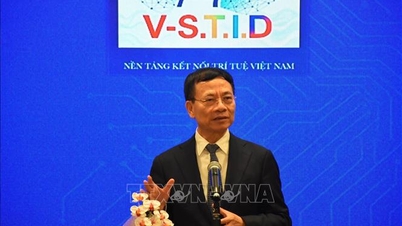

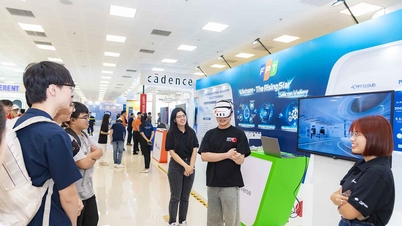
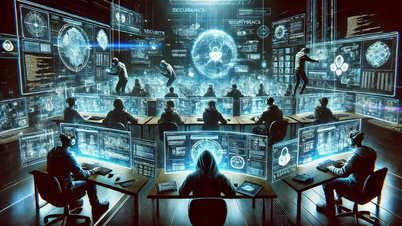



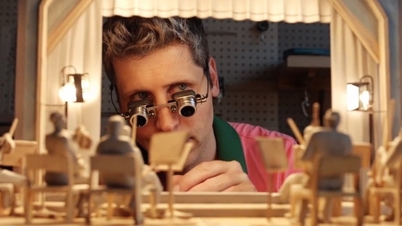
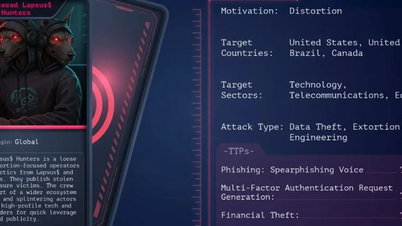

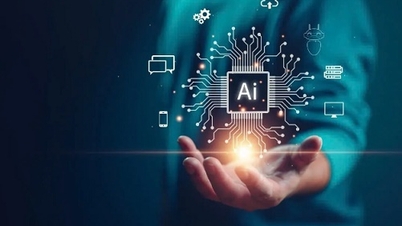
















![[Infographic] Notable numbers after 3 months of "reorganizing the country"](https://vphoto.vietnam.vn/thumb/1200x675/vietnam/resource/IMAGE/2025/10/4/ce8bb72c722348e09e942d04f0dd9729)
![[Photo] Bustling Mid-Autumn Festival at the Museum of Ethnology](https://vphoto.vietnam.vn/thumb/1200x675/vietnam/resource/IMAGE/2025/10/4/da8d5927734d4ca58e3eced14bc435a3)



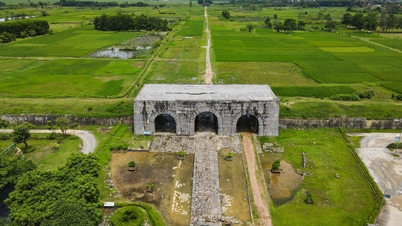








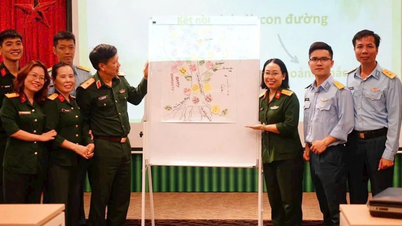


























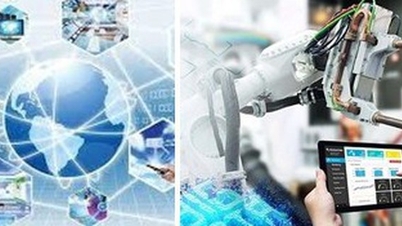



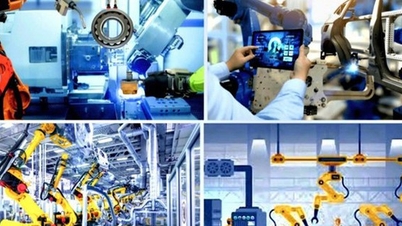

















Comment (0)